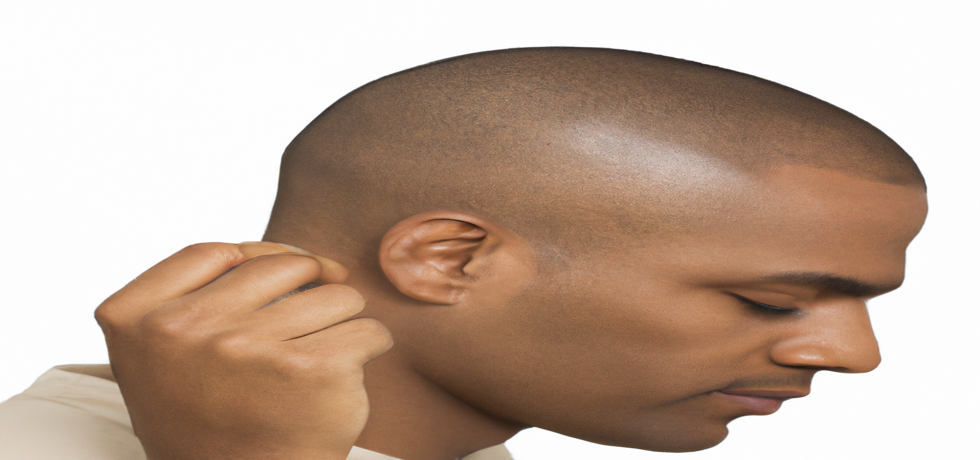
Understanding and Managing Scabs After Hair Transplant
Introduction to Post-Transplant Care
Undergoing a hair transplant can be an exciting journey towards restoring your hair and confidence. However, one common concern that arises after the procedure is the formation of scabs. These scabs are a normal part of the healing process, but understanding them is critical to ensuring a successful recovery. This blog post aims to give you a comprehensive understanding of scabs after a hair transplant and offer tips on how to manage them effectively.
What Causes Scabs After a Hair Transplant?
After a hair transplant, scabs form due to small incisions made during the extraction and implantation of hair follicles. These scabs are essentially dried blood and tissue resulting from the healing process. They typically develop 2-3 days post-surgery as your body begins to repair itself. While it may be alarming to see scabs, remember that this is a normal response and signifies that your skin is healing.
How Long Should You Expect Scabs to Last?
Most scabs will start to fall off within one to two weeks after your hair transplant. During this time, its crucial to avoid any actions that may dislodge the grafts or irritate your scalp. Patience is key; those scabs are part of the natural healing process that should not cause undue concern.
Proper Care for Scabs
While scabs are a natural occurrence, proper care can minimize discomfort and aid in healing. Here are some essential tips to manage scabs effectively:
- Avoid touching or scratching the scalp to prevent complications.
- Gently wash your hair with a mild shampoo a few days after the procedure, as recommended by your doctor.
- Consider saline sprays to keep the scalp hydrated, promoting quicker healing.
- Massaging your scalp gently (avoiding the use of nails) can stimulate blood flow and aid healing without damaging the scabs.
What to Avoid?
Some practices can jeopardize your healing process. Avoid smoking and alcohol for several days post-surgery, as they can hinder recovery. Be mindful of your sleeping position: lying on your back can prevent unnecessary pressure on the grafted area. Finally, wait until your healthcare provider gives the green light before using a hairdryer or any styling products.
Conclusion: Embrace the Healing Process
Scabs after a hair transplant are a common occurrence and part of the body’s healing journey. By understanding what causes these scabs and how to manage them properly, you can ensure a smooth and successful recovery. Remember, following your doctor’s instructions and practicing good scalp care will set you up for beautiful, natural-looking hair in the future. For any concerns or questions, dont hesitate to reach out for professional guidance, ensuring that your hair restoration process is not only smooth but also successful.
Frequently Asked Questions
Q: Can I remove the scabs myself?
Its best to let the scabs fall off naturally within one to two weeks. If they persist, consult your doctor for proper removal methods.
Its best to let the scabs fall off naturally within one to two weeks. If they persist, consult your doctor for proper removal methods.
Q: How can I ensure the scabs heal properly?
Keep your scalp clean, avoid scratching, and follow the post-operative care instructions provided by your healthcare provider.
For professional assistance and expert advice from leading dermatologists like Dr. Hital Patel, experience the benefits of understanding and managing scabs after hair transplant with Hair & Skin Specialist Dr. Hital Patel at The Skin Artistry. Our clinics in PDPU Gandhinagar, Vastrapur Ahmedabad and Hyderabad (Visiting Consultant) offer top-quality care and personalized treatments. Visit us today to learn more about our services and take advantage of our special offers! For more insights, updates, or to collaborate, stay connected with The Skin Artistry.

